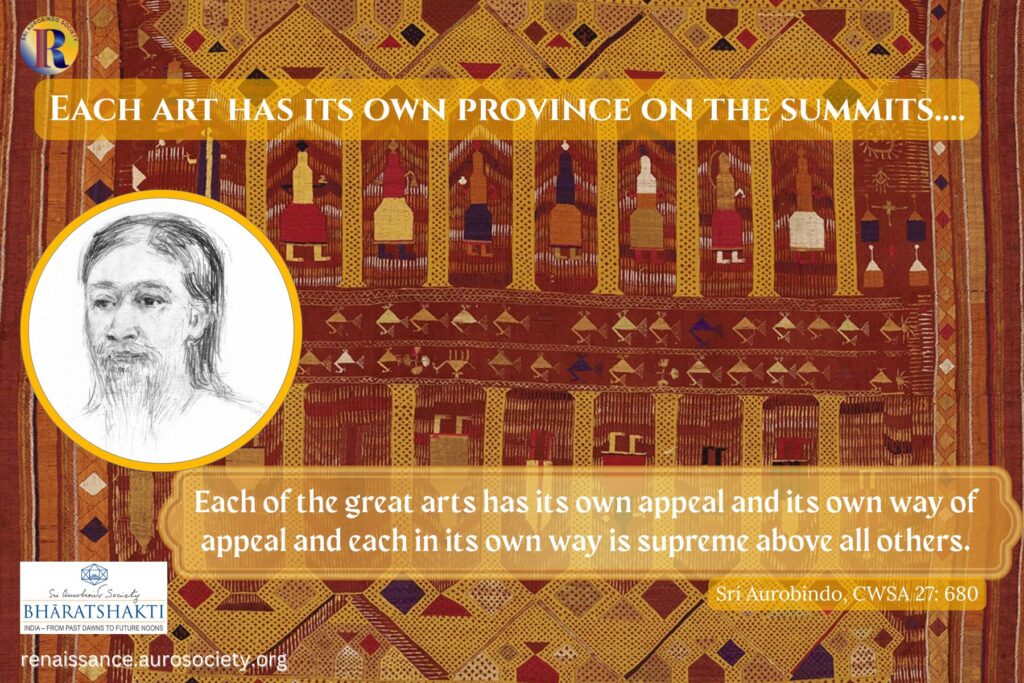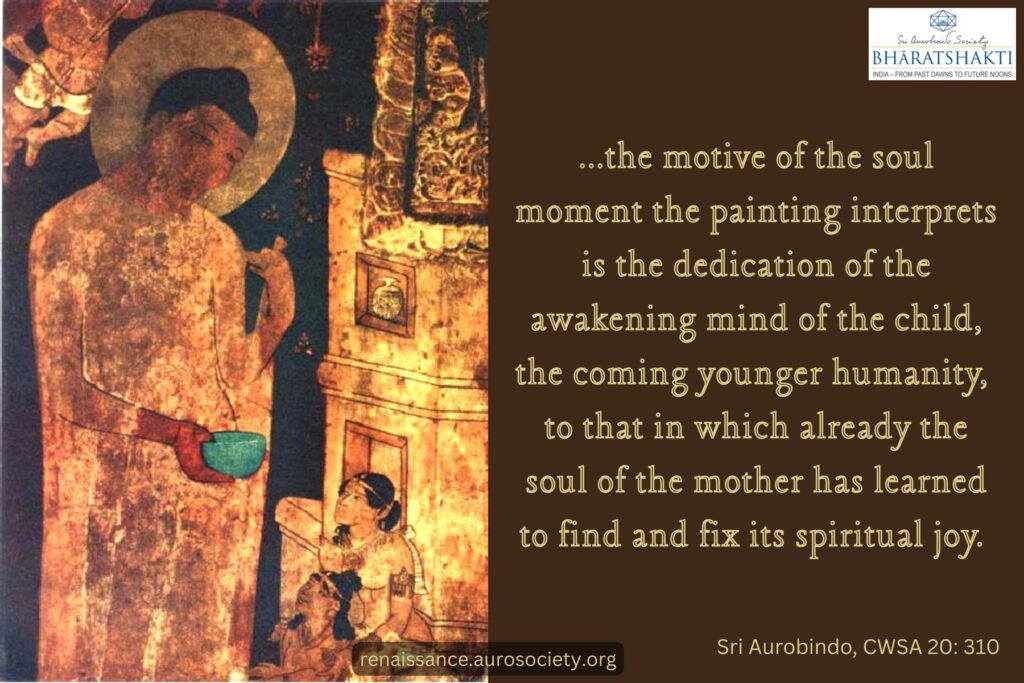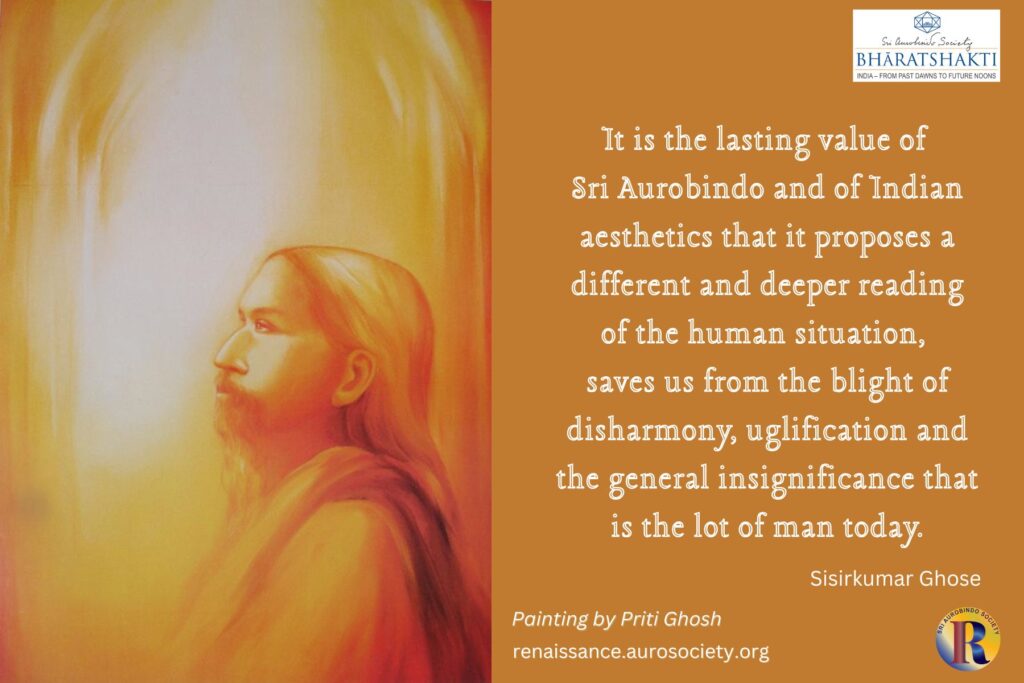Volume 1, Issue 7
Author: Beloo Mehra
Editor’s Note: Have you ever wondered what makes one space feel harmoniously beautiful and another space, sometimes even the most well-designed space, feel jarring, out of order almost? And how is all this related to the inner spaces in which we dwell – spaces where practicing harmony is both an art and a science of life and living.

I clearly remember that day.
Late morning it was, perhaps around 11:00am. I was at home, working at my desk — fully absorbed in reading a big document on my laptop, highlighting some points and trying to make sense of others, when I suddenly looked up. And this is the view I saw from the window by which my desk is placed.

Nothing extraordinary, one might say.
Also, it was not the first time I had seen this view of my small garden in the back of the house. I see it daily, both when I am out in the garden and when I sit at my desk. But there was something special that day.
It was special because the moment that day brought with it a perceptible sense of quiet and peace as I let that view sink in to me. There were a few small birds flying around the frangipani trees and the bushes nearby, making lovely sounds, calling each other, playing, resting on the thin branches, enjoying their freedom.
I sat there, in my chair. Just sat there. Several minutes passed by. I just sat there, taking in the view, enjoying the sounds of the birds, the peace of it all.
I don’t know if I can fully describe what I was feeling in those moments. Perhaps it was some type of peace, a sense of harmony, a sense of vastness. Perhaps it was one of those moments when everything feels perfect, everything around you, everything within you, everything is just the way as it should be. There is no need to fuss over anything, no need to shift anything. As if there is nothing to disturb this moment, this sense of peace and perfection.
Have you ever felt that? Surely, you must have. Thank the gods for such moments, rare as they are in the noisy worlds we live in – within and without.
A few minutes later, a part of me wanted to go out in the garden and take pictures of the view. Even thought of taking the pictures of the birds who were still playing and singing. How foolish of me, I immediately said to myself — as if pictures would preserve the ‘feel’ of the moment for me. But still I could not resist taking one shot on my phone, from this side of the window itself. That’s the one you see above.
The moment passed. Only to be followed by another moment, of a reflection. Reflection on spaces and harmony, on spaces and vastness. And on art.
Today, a Few Days Later
As I sit today by the same window, trying to give voice to that reflection I see the same tree and the same bushes — though there are no birds at the moment, — I try to recall to my awareness that moment of quiet and peace from the other day.
Maybe writing out this reflection on spaces and harmony and art will bring its own harmony. After all, minds are spaces too, and creating a sense of harmony in our mental spaces is an art, a very important art that we all must learn one way or the other if we want to experience more of these moments of peace and quietude.
So I begin.
You walk into a space, — a home, a room, a garden, a temple, an ashram, a workplace or any other public place, and you instantly and spontaneously feel a sense of all-pervading harmony, a quiet ambience, an effortless beauty. Nothing is amiss, everything is perfectly placed where it should be. Nothing is obtrusive, nothing is jarring, everything is quietly at home in its natural place.
And you walk into another space and instantly you feel that something isn’t right. There is a sense of disorder, an artificiality to the whole arrangement of the space, a feel of uncomfortable ugliness despite the outward prettiness and perhaps even ‘designer-like’ placement of objects.
Have you experienced something like this? I surely have. Many times.
In fact, I have experienced this sense of harmony (or disharmony) even in empty spaces. For example, several years ago when we were looking for a house to purchase, many times we would walk into an empty house for sale and just upon entering the house I would immediately ‘know’ whether or not I would even consider the house any further. Spaces, even empty spaces have their auras, sort of like an energy around them.
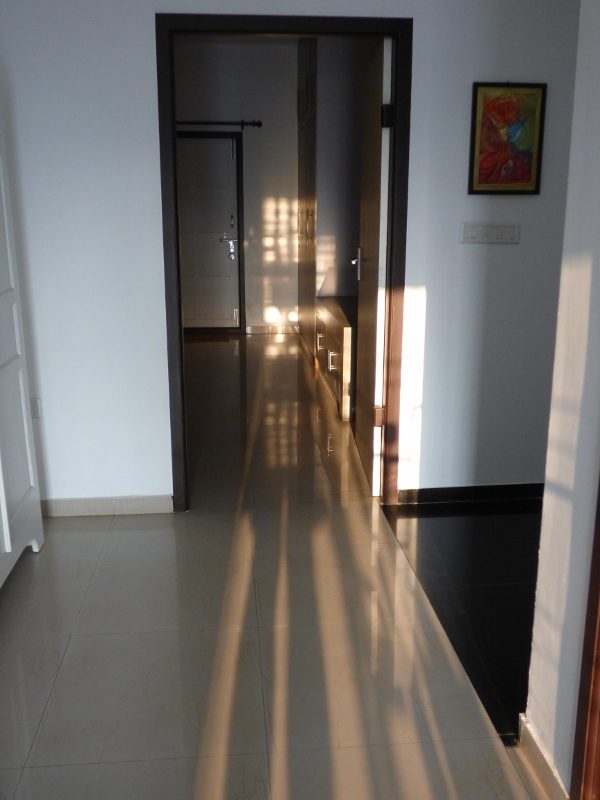

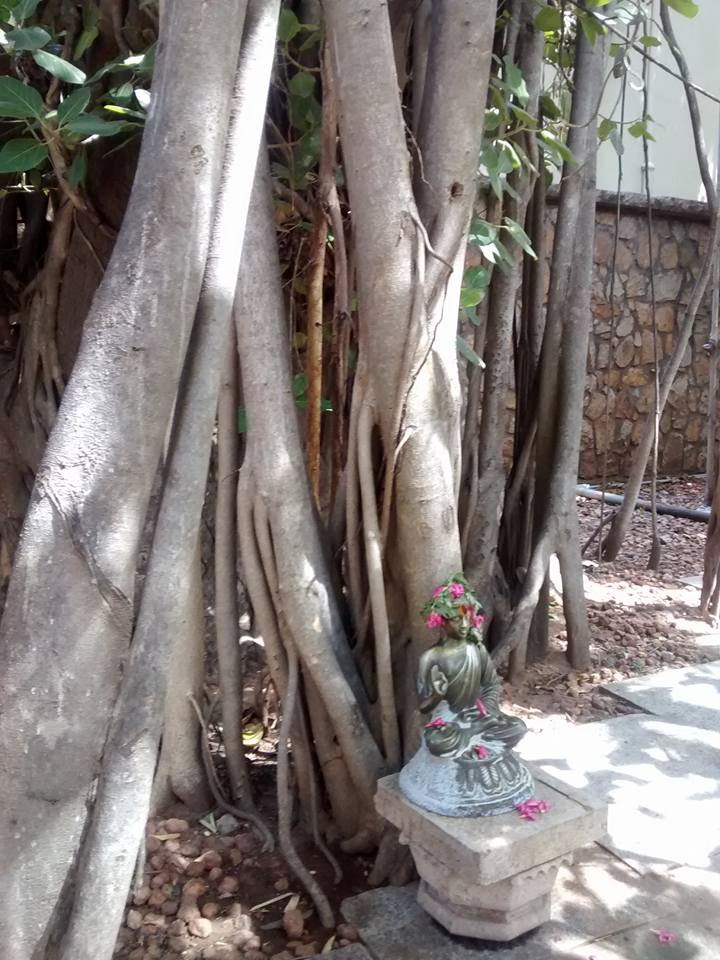
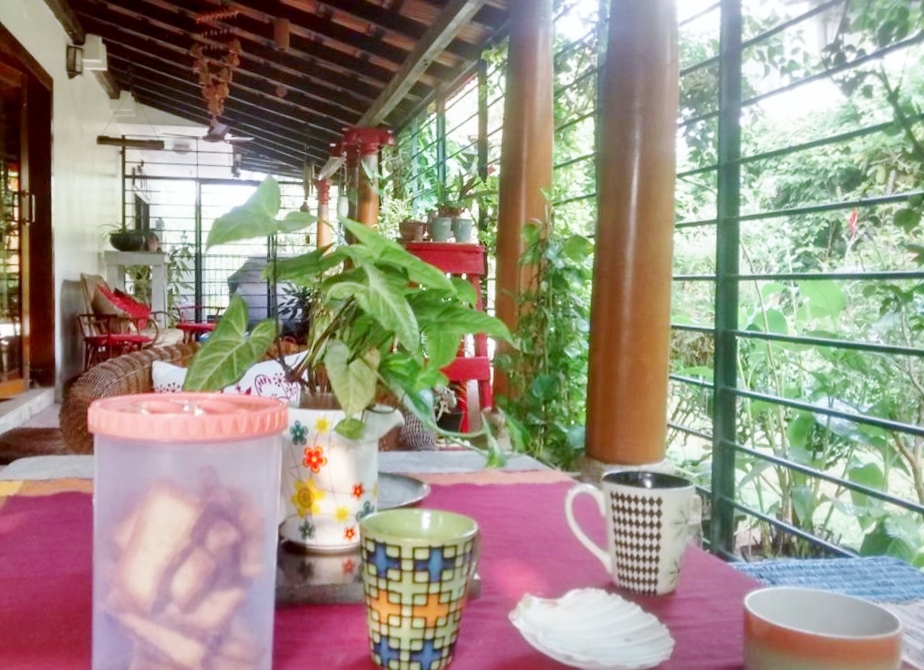
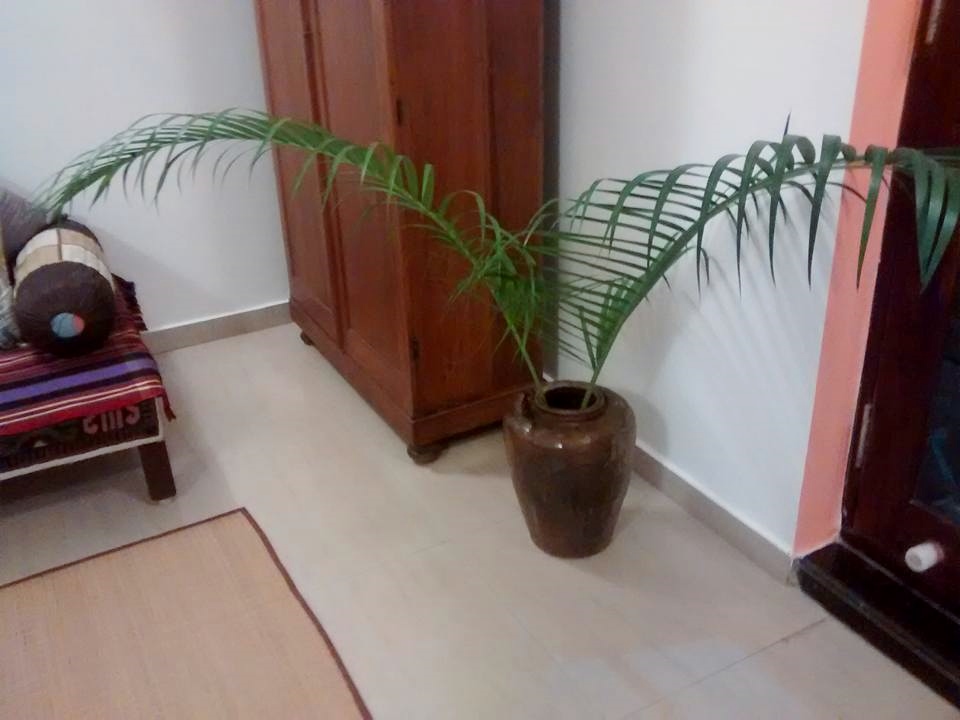
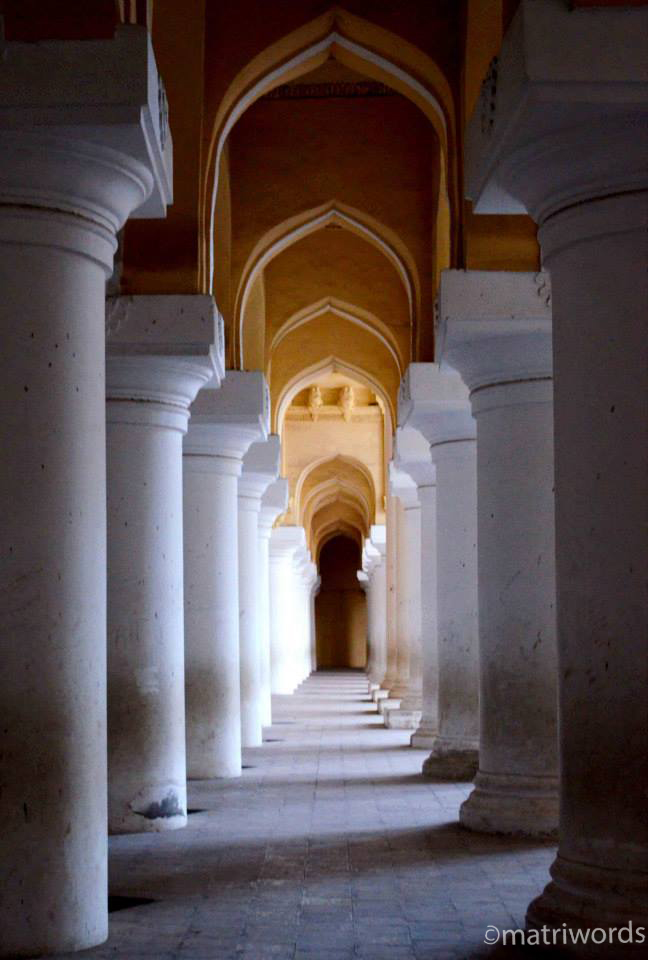
* * *
Personally speaking, how I feel in a particular space generally figures as one of the main criteria for deciding how much time I want to spend there. This could be a richly decorated home of a relative or a humble half-demolished temple in a village I am only visiting for an afternoon. I have experienced a discomforting sense of disharmony at a five-star hotel and felt a deeply calming sense of joy at an almost decrepit building that serves as a guest house.
This feeling or perception of order or disorder, a sense of harmony or chaos, is not about the physical appearance — the size or shape of the space, the placement, outer charm and prettiness of objects or furniture in the space — though these things may be part of it. But only a very small part. The bigger part is about what the space makes one feel inwardly.
Harmony in Spaces
What makes one space feel harmoniously beautiful, even though it may be very simply arranged with most inexpensive objects? And what makes another space, sometimes even the most well-designed space, furnished with most expensive ‘designer’ furniture and object d’art, feel jarring, out of order almost?
Is it the aura of the person who lives, works, moves in the space? Or the aura of the person who looks after the space, its cleaning, upkeep, etc? Is it something about ‘the way‘ things are arranged in the space? Or the consciousness of the space itself, the consciousness hidden in everything that is there in the space?
Or is it the state of the mind of the person walking into the space? The sense of harmony he or she brings to the space?
It is perhaps each of these things. And more.
It takes an artist to make a space harmoniously beautiful.
If you ask me, I believe that all those who produce something artistic are artists! A word depends upon the way it is used, upon what one puts into it. One may put into it all that one wants. For instance, in Japan there are gardeners who spend their time correcting the forms of trees so that in the landscape they make a beautiful picture. By all kinds of trimmings, props, etc. they adjust the forms of trees. They give them special forms so that each form may be just what is needed in the landscape.
A tree is planted in a garden at the spot where it is needed and moreover, it is given the form that’s required for it to go well with the whole set-up. And they succeed in doing wonderful things. You have but to take a photograph of the garden, it is a real picture, it is so good. Well, I certainly call the man an artist. One may call him a gardener but he is an artist….
All those who have a sure and developed sense of harmony in all its forms, and the harmony of all the forms among themselves, are necessarily artists, whatever may be the type of their production.
(The Mother, CWM, Vol 5, p. 324, emphasis added)
It perhaps takes an artist to know a space. To feel a space. To experience the harmony.
But what is this sense of harmony? Can it only be felt? Can we grow in our sense of harmony? Of perceiving and of creating harmony? Of practicing harmony in our spaces, inner and outer?

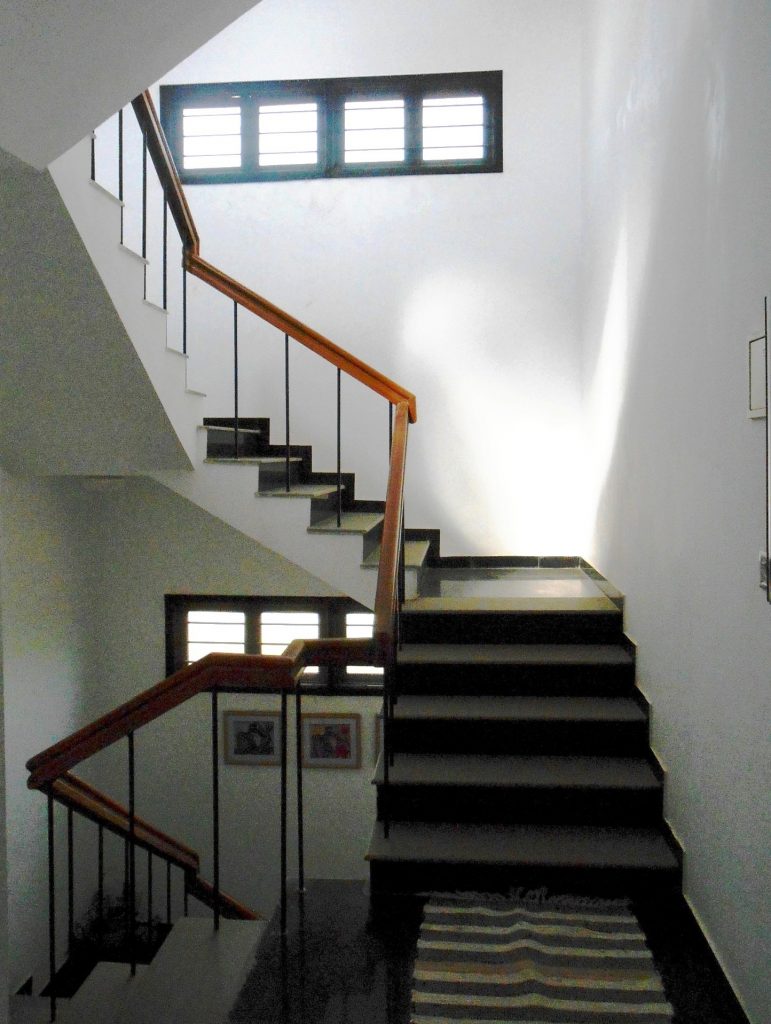

We Practice Harmony When…
… we place things in an order that feels just right. Things outside, things inside. Things tangible, things intangible. Things physical, things subtle.
… things placed in the right order bring quietness and vastness within. The quietude that brings a calm equality toward everything. Everything around us, everything within; the vastness which has space for everything in it, nothing is left out.
… the calm equality does not lead us to inertia and inaction, but rather kindles an aspiration to engage in action that is detached yet a means for growing inner perfection, action that is disinterested yet a means to develop a deeper concern and genuine care for all that is around and within. And the sense of vastness within reminds us of our finite selves and helps us grow in our aspiration for a wider consciousness.
… this practice of detached and disinterested action leads us to greater self-awareness, and a renewed aspiration for widening further helps in detaching from the pettiness within.
… it leads us to a greater awareness of how the different parts within us create a conflict, with one going in one direction, another in another. One striving to make greater effort for progress, another rebelling and preferring lethargy. One wanting immediate gratification, another stepping back and remembering to let go of the desire for a preferred result. One seeking greater harmony and quietude, another revelling in chaos and noise.
… we begin to learn how to harmonise these conflicting parts within. Over and over, ever so patiently.
This is the art and science of harmonising spaces – spaces within and without.

* * *
We must continue to practice harmony inside, we must also strive to create harmony outside, in our living and working and learning spaces. Sometimes in order to create a deeper harmony inside, the easier place is to start with the outside. Organise the outer, the inner begins to slowly organise itself. It has certainly been my experience.
Outer and Inner Spaces
A conscious and deliberate process of organising and harmonising a living space (whether it is a room or a corner of the room) includes not only the process of placing the right objects, but also eliminating and removing those objects which don’t fit in that space. Sometimes simply by removing a bit of the ‘stuff and fluff’ and creating a visual relief can enhance the overall appeal of the space. This is what good interior design tells us – practice restraint and remove the extra, if you seek balance in a space. This is what artists do.
The same principles apply to the spaces inside of us, if we seek harmony and balance there. Our minds, our thoughts, our emotions are our real inner living spaces. How do we practice restraint there? How do we remove the extra ‘stuff and fluff’ from there so that we have cleaner, more harmonious and beautifully balanced inner spaces in which we dwell?
Things in which we do not take joy are either a burden upon our minds to be got rid of at any cost; or they are useful, and therefore in temporary and partial relation to us, becoming burdensome when their utility is lost; or they are like wandering vagabonds, loitering for a moment on the outskirts of our recognition, and then passing on. A thing is only completely our own when it is a thing of joy to us.
(Rabindranath Tagore)
Cultivating a personal aesthetic sense with respect to our spaces, inner and outer, results in psychological gains. Harmony is certainly one of those gains, and harmony, as Tagore reminds us, is an inclusive principle in which truth, beauty, love, and joy appear as different movements of a single symphony.
Who wouldn’t want such a space as one’s dwelling – outer and inner?
Art galleries cannot be brought into every home, but, if all the appointments of our life and furniture of our homes are things of taste and beauty, it is inevitable that the habits, thoughts and feelings of the people should be raised, ennobled, harmonised, made more sweet and dignified.
(Sri Aurobindo, CWSA, Vol. 1, p. 447)
All photos by the author.

